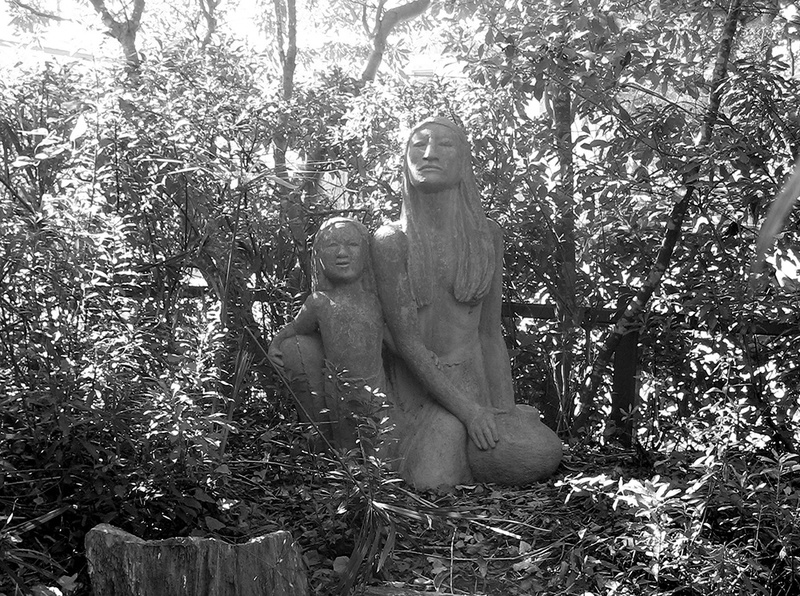Huntsville Springs

Kentucky native Pleasant Gray and his wife Hannah (Holshouser) left Tennessee with their two children in 1834 and in 1835 settled here on land granted to them as part of Mexico's colonization effort. At that time natural springs located nearby served as a campsite for the area's native Bedias Indians and for immigrants passing through the region. After establishing a trading post near the springs with his brother Ephraim, Pleasant Gray subdivided his land into home and business lots and advertised the property in Alabama, Tennessee, New Orleans, and various steamboat offices. Settlers soon arrived and a town developed which Gray named after Huntsville, Alabama, a former family home. The area's bountiful springs were observed in the Texas chronicles written by British scientist/adventurer William Bollaert in 1843-44. Huntsville was incorporated in 1845. For many years townspeople were accustomed to using spring water captured in a trough near the springs. In 1893-1894 the city dug an artesian well within a few feet of the springs to provide water for municipal distribution and an ice factory. Shortly thereafter the watering trough at the spring fell into disuse, and the spring itself was boarded over.
Images

